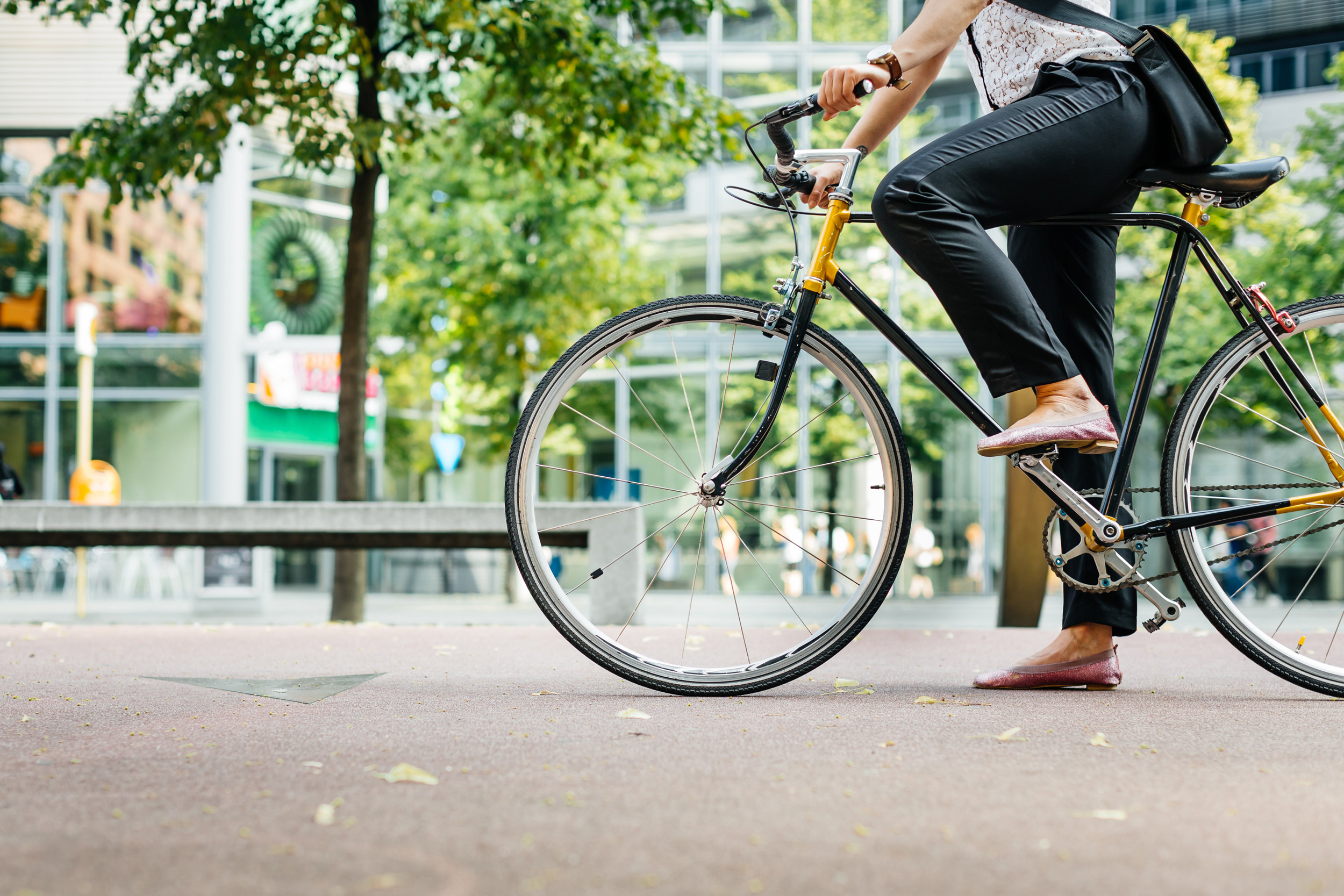Bike cycling benefits overall physical and emotional wellbeing, as well as improving performance at works – as long as you do it properly.
Cycling on a daily basis is a treatment for today’s sedentary diseases: it reduces the chances of obesity and physical inactivity. It also decreases the chance of cancer, raises the longevity by a few years, and gives you a fitness level equal to 10 years younger. Yeah, and that saves you money and keeps you happy.
Vitality Health’s 2018 analysis showed that cyclists had stress levels 25 per cent lower than sedentary workers and were more likely to be happy with their lives. On average, the higher productivity and lower absence rate of each rider amounted to an additional six days of work per year relative to inactive colleagues.
That’s why cycling to work is perfect for you and your boss. So how do you optimize the benefits?
Ride on a frequent basis
The longer you cycle, the more you profit from reason. So aim to clear any barriers that could hinder you from cycling. Be prepared in such a way that a last-minute cycle or kit problem doesn’t cause you to stop the cycle that day. Invest in decent waterproofing and lighting so that you can cycle under all conditions. Maybe you’ll purchase a lightweight folding cycle, because you’ve still got the chance to ride a bike, even though it’s only the last few miles.
Don’t overdo it
You tend to return to work energized rather than tired. If you overdo it, you’re going to get less done at work and run down and become more vulnerable to sickness. If you’re exhausted or cold, leave your bike at home or take a train, bus or car part of the way. If your path is either too hilly or too long to travel on a daily basis, use an e-bike.
Taking a hassle free path
Anxious drivers can ruin your mood for hours, increase stress levels, and kill the feeling you get when you’re on a bike. Choose to use a path you like more, even though it’s a little slower. What’s five minutes, or ten minutes, set on a peaceful path?
Evade busy traffic
Stress is not the only problem for crowded highways. You’re more likely to have a SMIDSY occurrence (‘sorry, pal, I didn’t see you’). So you’re going to take in more pollution. Air contamination kills more people every year than smoke. The more you get the emissions from your engine, the lower the level of contaminants. Particularly in a hectic city like New York, you can limit your exposure to traffic by a third or more by limiting crowded roads and intersections.
Switch things up
Cycling is an excellent aerobic workout, but it doesn’t help you remain flexible. Cycling, in fact, tightens the triceps which can lead to a sore lower back. To stop clenching, do something else now and then – yoga, maybe, or swim.
Tips for safer cycling
If all this is enough to persuade you to try biking, here are some helpful tips from McLeod, Gill, and CR cycle helmet experts.
Ensure your cycle is in good condition, particularly if you haven’t been riding for some time. Swing by a nearby commuter bikes shop, where you can get a tune-up and top the air in your tires if you don’t have a pump.
Wear the helmet.
Gear-wearing is associated with an approximately 70% lower chance of severe brain injuries in the event of an accident. You need to weigh cost, fit, and comfort when selecting a helmet, but you want to make sure you have one you wear while you ride. It’s worth looking at a technology helmet intended to reduce the likelihood of injury if you can find one of these in your budget.
Find a convenient way to get to work.
If you want to cycle to work on a daily basis and a bike able route is a choice, you might first try to get around on a weekend day where there’s less traffic and less pressure to get there by a certain time. This offers you time to search alternate routes if you consider like any spots are troublesome.
Communicate to the pedestrians and the motorists.
It’s convenient and even technically necessary for a rider to have a bell on his way to warn pedestrians. You use lighting on your bike at all times to help ensure that drivers will see you. You’re still expected to signal your turns and pause if you can. Laws vary by territory, but you should usually hold your right arm out for a right turn or your left arm out over a left turn. You should give preference to keeping control of your bike over signaling, so practice beforehand to make it feel secure.


